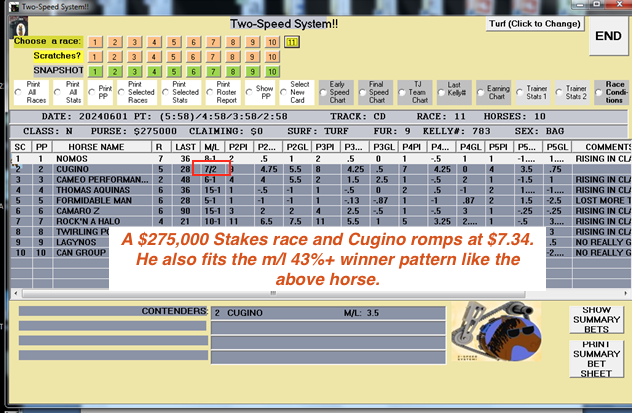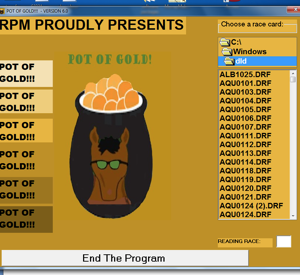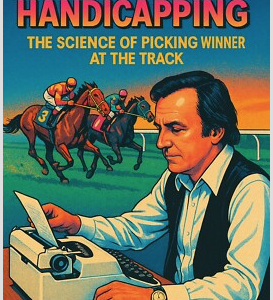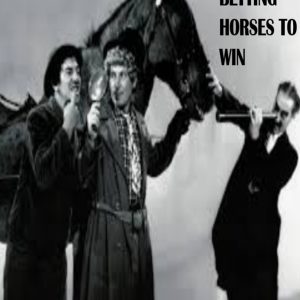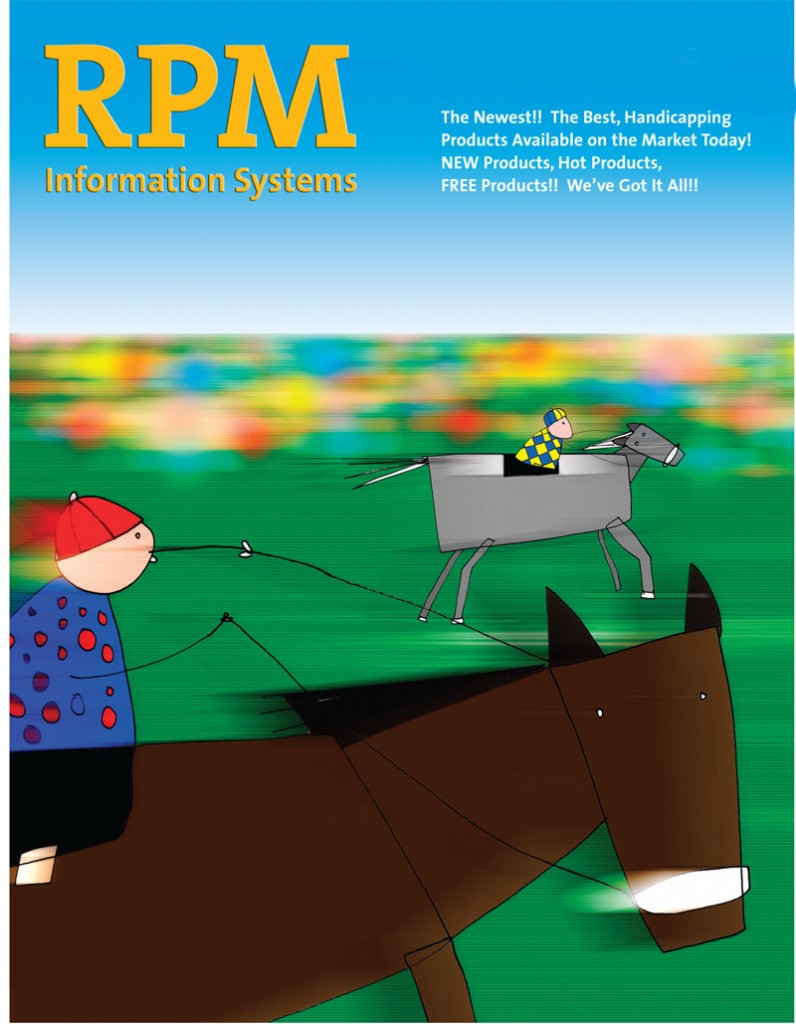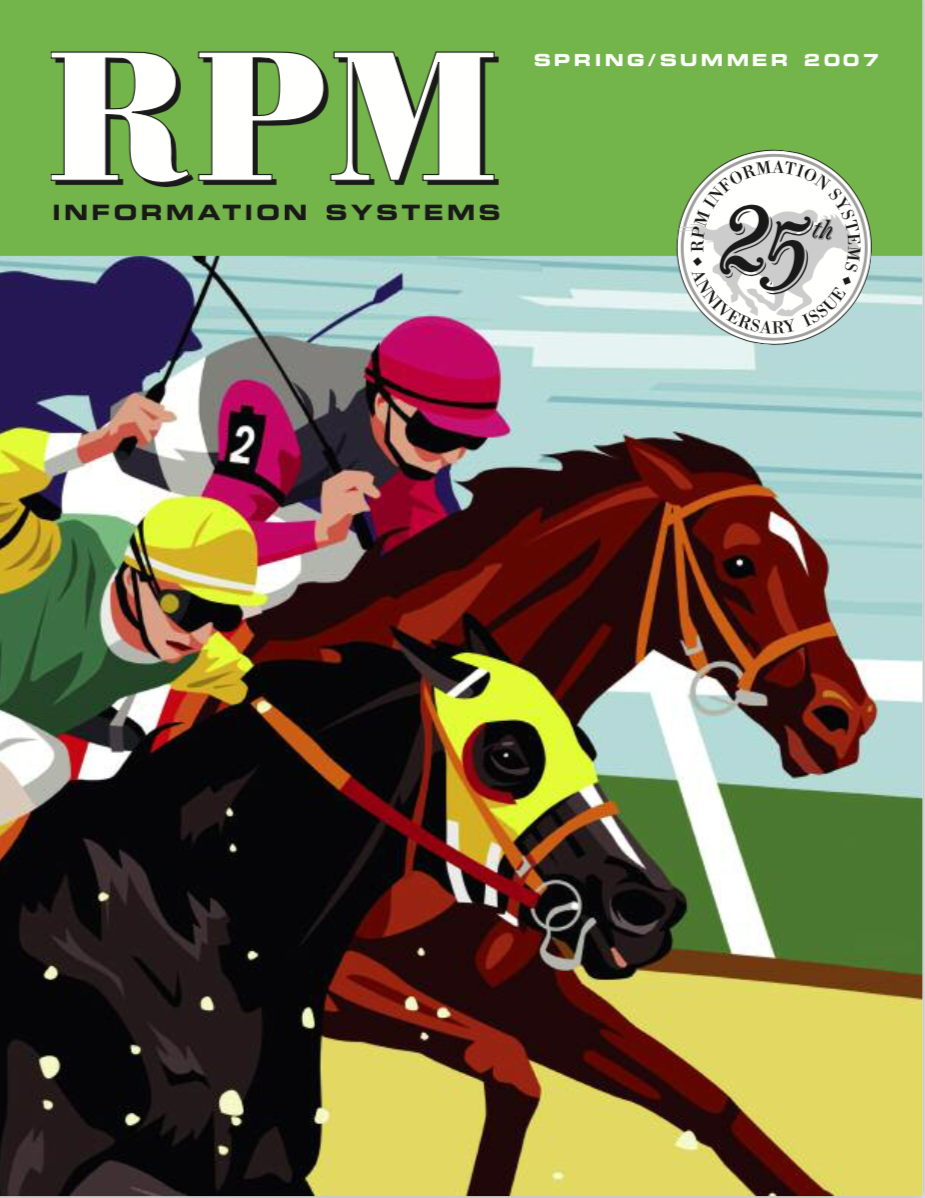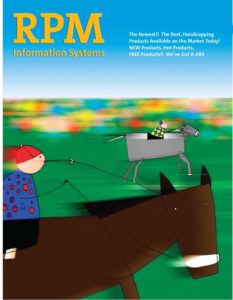Sale!

![img]()
1-2 1-1 4-3 4-5
![img]()
Original price was: $118.00.$89.90Current price is: $89.90.
That’s why we call this the 2-Speed System! The horse is going one speed (fast) early on, but then is geared down to another speed (slower) for the remainder of the race.
Excellent Accuracy and Big Price Potential!
Description
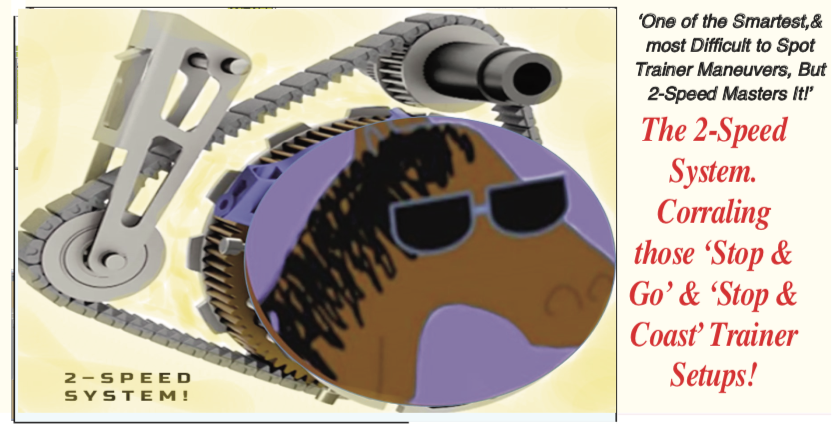

‘Thanks to modern, state of the art programming, which is able to measure even small segments of a given race using Feet Per Second technology, angles that were almost impossible to locate looking at just the pps, are now a reality for the software using betting public. 2-Speed takes an angle that has been used by trainers for literally decades, one that few horseplayers can discern for themselves, and lays it bare for all to take advantage of. Some of the prices are great and the consistency is also a great feature. This is a real winner!’ Tom Console, Handicapping Author
📺See the Video Click Here___
The logic to this method is relatively simple.
A horse qualifying on the rules raced close to the pace for the first half-mile or so. From that point to the stretch call it managed to lose some ground, but lost very little or no ground between the stretch call and the finish, or maybe even gained a bit.
But……
👉👉Horses simply don’t run that way unless they totally blew the turn.
A horse that is raced hard early, then loses ground between the 2nd call and the stretch should continue to lose significant ground between the stretch call and the finish.
👉👉The trick here, and it’s an old one, is that the only way a horse loses that much ground after showing early speed and then basically stays in the same position until the finish is RACED that way by the jockey.
Left up to his own devices, a tiring horse at the half would continue to tire badly until races end.
That’s why we call this the 2-Speed System! The horse is going one speed (fast) early on, but then is geared down to another speed (slower) for the remainder of the race.
A trainer may feel that his horse isn’t quite up to his best effort today. So the horse is given a half-mile workout in an actual race. When the pressure is on in the latter part of the race, the jock lets up on the horse, giving him a breather, settling back to the middle of the pack.
To condition him further, the jock then puts some pressure on the horse to either come on again or to at least run ‘evenly’ between the last two calls. This is a great conditioning move and the horse often benefits immensely from this ‘workout’ within a race.
A trainer can also instruct the jock to ride a horse in this manner even if the horse is in good condition. In these cases you’ll often see the horse wheeled back rather quickly (within 15 days or so) with the intention of letting the horse run and hopefully cashing a big bet.
It doesn’t matter if the horse is moving to a race of 1-1/16 miles or farther, as long as the last race was not over a mile. As you know, horses who quit at shorter distances often will stretch-out and wire the field at the more leisurely pace of a longer route. Since the horse has to show a relatively recent win (or 2nd) at today’s distance or thereabouts, we know he is capable of running well when showing early speed. In otherwords, he’s not just an out-and-out quitter. This method is most effective on claiming races. That’s where most of the sneaky moves take place, especially in the claiming ranks ($3,200 to $40,000). Allowance races are fine, but not as many opportunities will surface. Regardless of class, the strongest plays are horses who show a solid lifetime win percentage (20% or better).
These horses can be tough to spot in the pps, but the New 2-Speed Software Program! does all the ‘finding’ for you. Super Consistent, & Double Digit winners are not uncommon.
In fact, look at the first three examples below. This isn’t just coincidence. The fact that these horses won and paid what they did strongly suggests that the trainers pulled the wool over most of the public’s eyes.
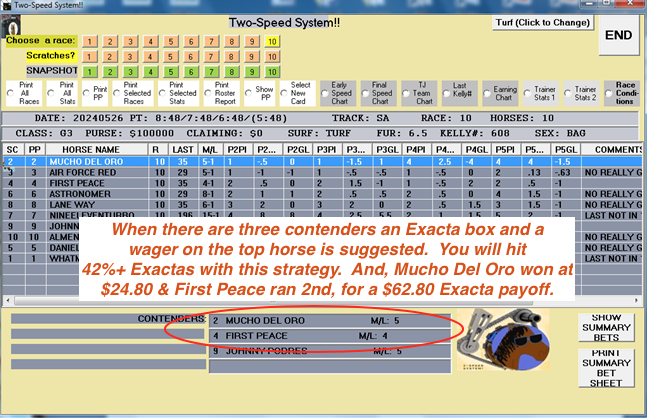
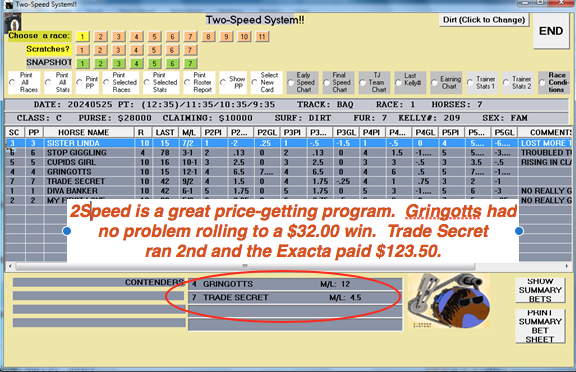
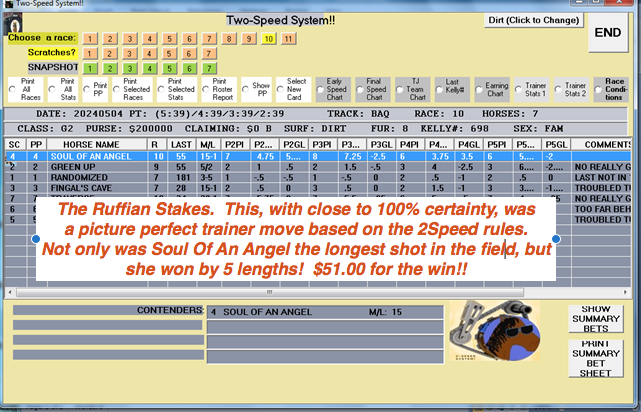
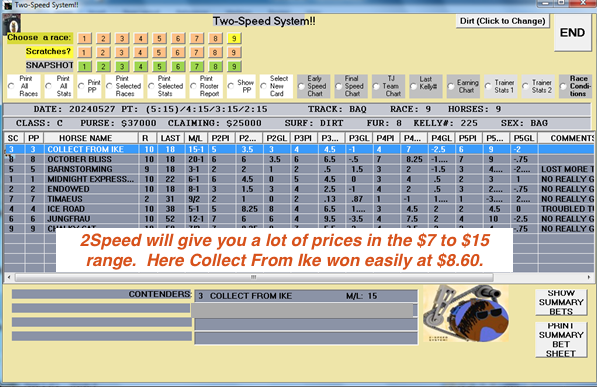
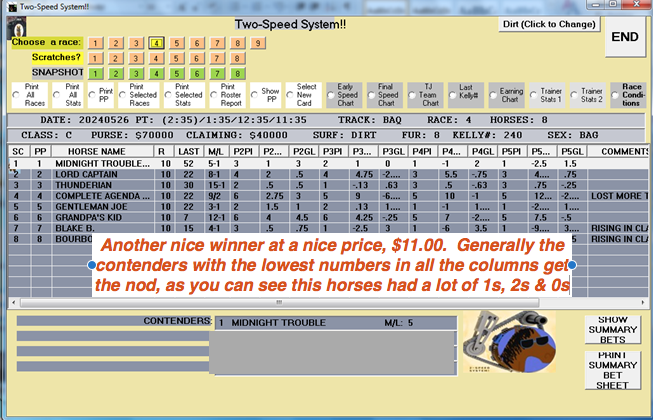

😃👉👉Now here is another great Benefit of the 2-Speed System. When the morning line favorite is the actual top selection, the win rate is 43%+. While these horses are often short prices, as you can see that is not always the case as the first two examples show. With this knowledge you never, ever want to leave one of these qualifiers out of your Exotic wagers.
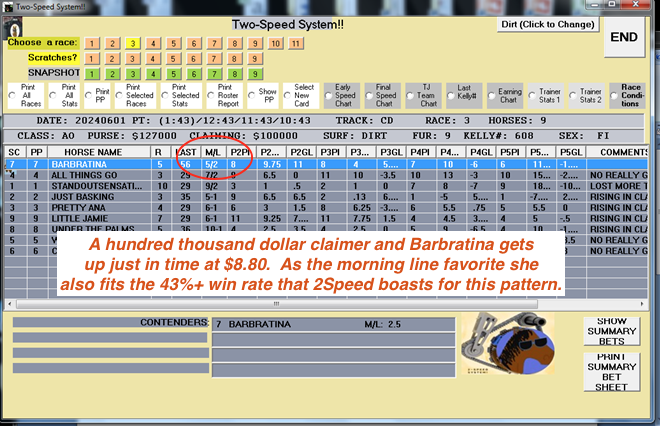

Q&A
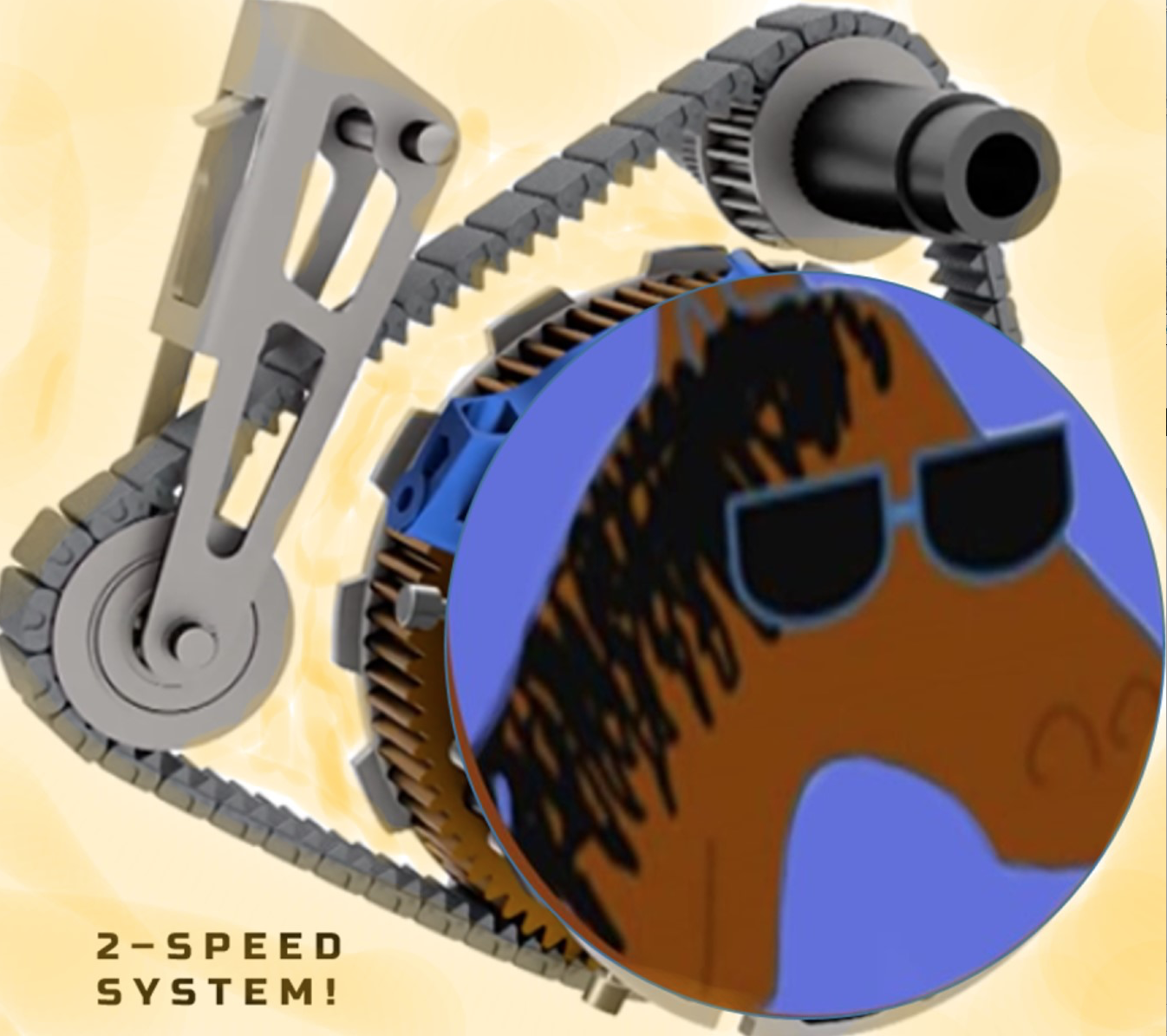
Q. How many plays do you get on an average racecard?
A. Usually between two and four. Maiden races are playable only if 80% or more of the starters have had at least three career races, so many of those races will not have a play.
Q. What is the overall win percentage of the top plays?
A. @36% with an average mutuel of $9.41.
Q. What do all of the columns mean?
A. Each column identifies a point of call in the race and that horse’s position and beaten lengths (a minus figure means he was in front at that call). This is how the software determines if a horse lost or gained ground in the later stages of the race. It will identify horses who lost some ground, but then gained some back and, the most potent type, a horse who lost some ground late but did not fade any further after that.
Examples of the kind of running lines we want to see. First number is running position, 2nd number is beaten lengths, so in the first example the horse was leading early ‘1’ and ahead by ‘2’ lengths; in the stretch he was 4th, behind by 3 lengths, and at the finish was still 4th, behind by 5 lengths. The fact that he basically maintained the same position makes him a potential qualifier, though there are other factors in the program that would or would not make him a final choice:
1-2 1-1 4-3 4-5
1-1 2-3 5-5 5-7
5-3 4-1 6-8 4-5
3-1 2-no 10-10 10-11
Q. What about runouts?
A. You will not get long runouts with 2-Speed. In fact, a runout of 3 would be considered a long one. The program picks plenty of shorter prices as well as the biggies you will certainly get on a fairly regular basis.
Q. Can the method be done by hand using the pps?
A. Yes, but it is a tedious process. There are ten qualifying rules required prior to determining the late running positions, beaten lengths, etc. 👉And in the program Len added some other factors to tighten up the final selection process.
Q. Anything else that is important to know? How about wagering strategies?
A. This is a quote from the original author:
‘If you stick to the main method religiously, I can guarantee you that you will make a nice profit from over the long run. Since the prices are often very nice, the place payoffs are also on the beefy side, and a flat bet profit can be realized by playing just to place.
Another thing to consider. If a horse shows the qualifying pattern but runs poorly in its next race due to trouble or perhaps being entered at the wrong distance, follow him for his start after that as well. You can catch some real nice prices using this strategy.
For money management purposes I would suggest using Bob Anthony’s Smart Bet Win/Place/Show Strategy (my favorite) or Jerry Samovitz’s Out Of The Red/Into The Black. But however you use the method, you are going to add a new profitable dimension to your racetrack play. Best of Luck!’
So what you have here is another great tool to improve your overall consistency and price-getting ability at the track. Knowing what a trainer is potentially up to gives you a huge edge since only a small % of bettors ever consider the conditioner’s impact on the outcome.
We have priced 2-Speed at just $118 and, of course, you can make up to three monthly payments if you would like.
Call us at 1-800-696-0067 or order from our website, and do call with any questions. Thanks!
The 2-Speed System Software $118

